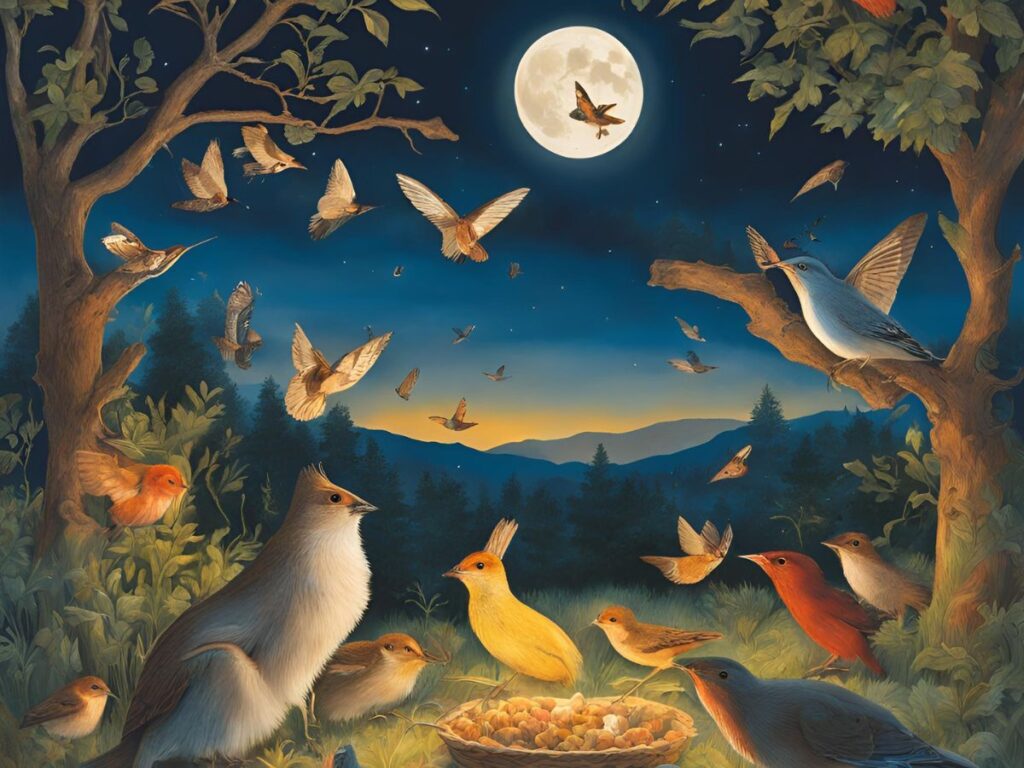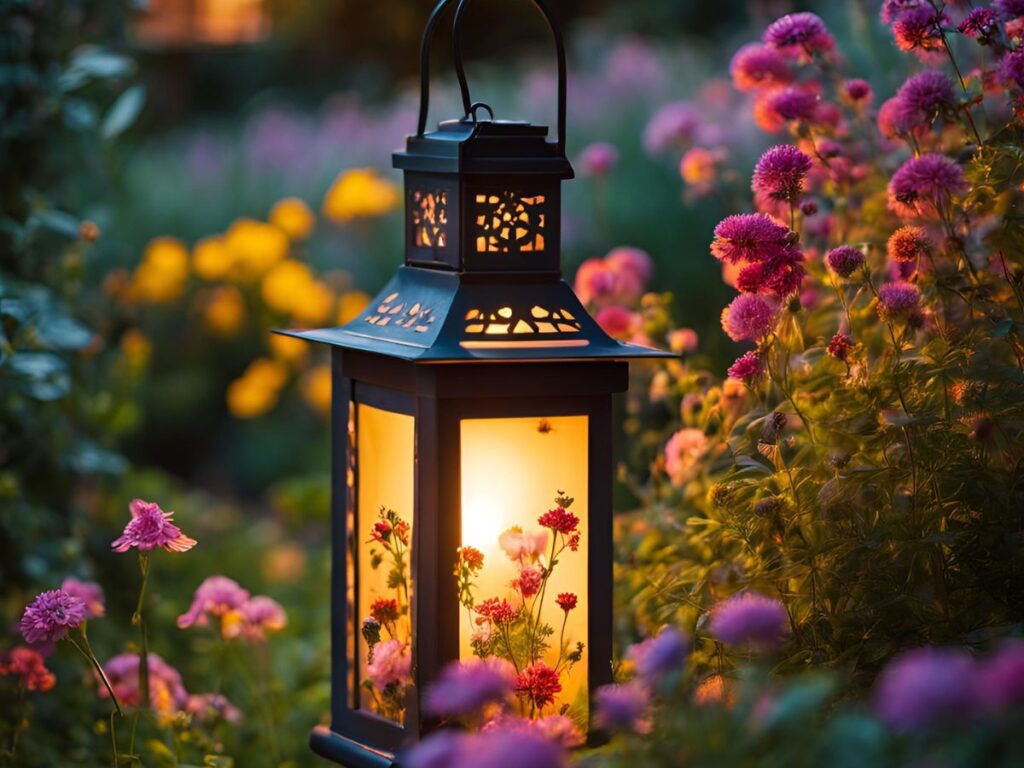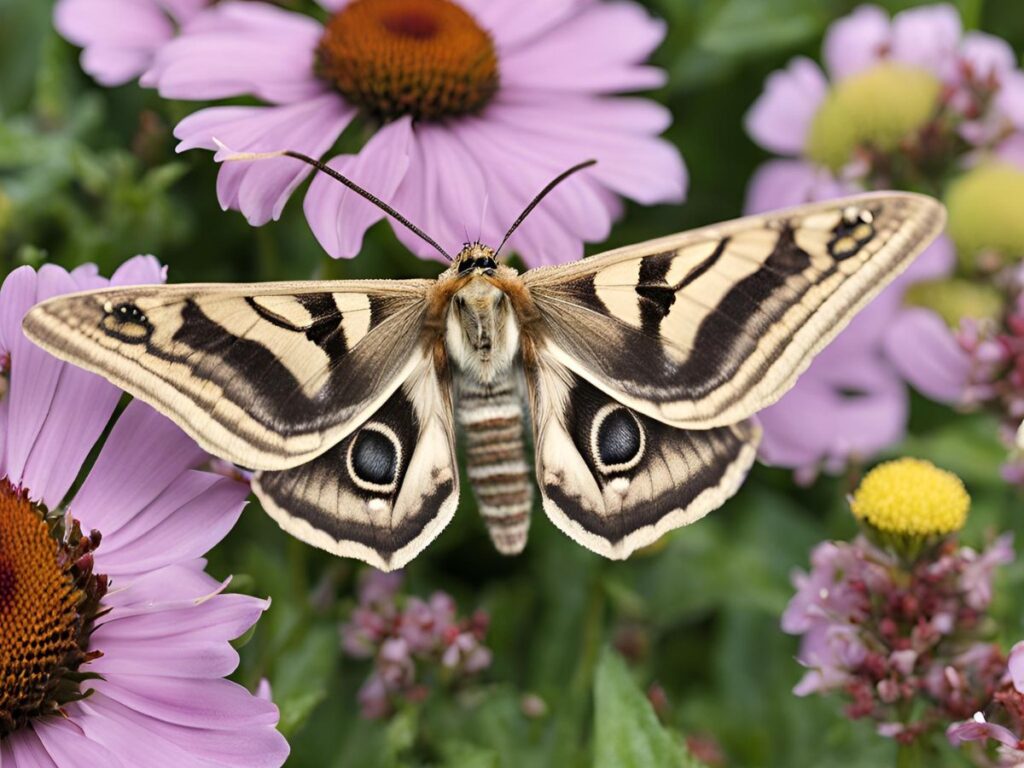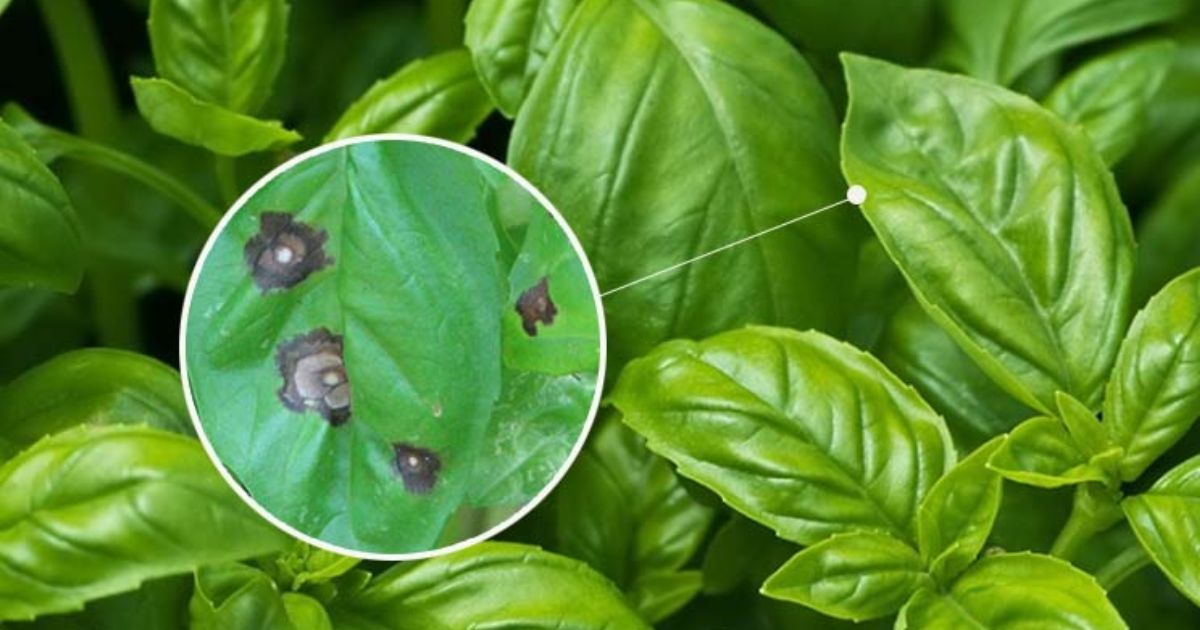When we think of garden pests, moths often come to mind as unwelcome visitors, fluttering around lights or nibbling on clothes. However, this perception overlooks moths’ surprising and significant benefits to our gardens. Far from mere nuisances, moths play vital roles in pollination, biodiversity, and ecosystem health, making them unsung heroes of the natural world. In this article, we’ll explore why you Actually WANT Moths in Your Garden, shedding light on their unexpected contributions and how they can enhance the vitality of your green spaces.
By the end, you’ll discover that moths are beneficial and essential to maintaining a thriving garden. From their role as nocturnal pollinators to being a crucial food source for other wildlife, moths deserve a place in your garden’s ecosystem. Let’s dive into the surprising benefits of welcoming these fluttering insects into your outdoor sanctuary.
The Role of Moths in Pollination
Moths are often overlooked as pollinators, yet they play a crucial role, especially for plants that bloom at night. While bees and butterflies are typically active during the day, many moth species take over the pollination duties after the sun sets. This makes them essential for reproducing various nocturnal plants that depend on night-time pollinators.
Examples of Plants Benefiting from Moth Pollination
Several plants rely heavily on moths for pollination. For instance, jasmine, known for its fragrant night blooms, attracts moths with its sweet scent. The yucca plant has a specialized relationship with the yucca moth, the plant’s primary pollinator. Evening primrose is another plant that opens flowers at dusk, inviting moths to aid in pollination. These plants have evolved to capitalize on the nocturnal activities of moths, ensuring their survival and reproduction.
Comparison to Bee Pollination
While bees are often celebrated as the primary pollinators, moths fulfill a complementary and equally important role. Bees generally pollinate during the day and are attracted to brightly colored, open flowers. In contrast, moths are drawn to pale or white flowers more visible in the dark and emit stronger fragrances to lure them in. This distinction highlights the unique contributions of moths to pollination, particularly for plants that have adapted to the night-time environment.
Moths’ nocturnal activities extend the hours of pollination and ensure that a wider variety of plants can reproduce successfully. Many of these plants would struggle to survive without moths, demonstrating the critical role that moths play in maintaining biodiversity in our gardens. is a banana a herb
Moths as a Food Source for Wildlife
Moths are crucial components of many food webs and essential food sources for a variety of wildlife. Their presence in a garden or natural habitat supports birds, bats, and other creatures that rely on them for sustenance. Moths, both in their larval (caterpillar) and adult stages, provide a rich source of nutrients that fuel the survival and reproduction of numerous species.

Detail: Moths Feeding Birds, Bats, and More
Many bird species, especially those that feed at dawn and dusk, depend on moths as a primary food source. Caterpillars, the larval stage of moths, are particularly important for birds during the breeding season, providing high-protein nourishment for growing chicks. Bats, too, are major predators of adult moths, using their echolocation abilities to hunt them at night. Other wildlife, such as frogs, lizards, and small mammals, also feed on moths, making them a vital link in the food chain.
Ecosystem Impact
The impact of moth populations extends beyond simply feeding individual species. By supporting a wide array of predators, moths contribute to ecosystems’ health and stability. For instance, a healthy moth population can lead to increased bird and bat populations, which in turn help control other insect populations, including pests. This cascading effect illustrates how moths, as a food source, play a foundational role in maintaining ecological balance.
Fostering moth populations in our gardens inadvertently helps create a more prosperous and diverse ecosystem. Encouraging moth-friendly environments moth benefits both the moths and the broader network of wildlife that depends on them for survival.
Moths and Biodiversity
Moths are integral to promoting biodiversity in gardens and natural habitats. Their existence increases the diversity of organisms within an ecosystem, creating a more dynamic and resilient environment. By fostering a wide variety of flora and fauna, moths contribute to ecosystems’ overall health and stability.
Explain: Moths Increase Garden Biodiversity
Including moths in a garden enhances its biodiversity by introducing more species interactions. Moths serve as pollinators for various plants and provide food for a wide array of predators, from birds to bats. This web of interactions fosters a rich ecosystem where multiple species coexist and thrive. A biodiverse garden with moths will likely attract wildlife, further enriching the ecosystem.
Benefits: Biodiversity for Pest Control and Garden Health
Increased biodiversity, with moths as a part of the mix, leads to more effective natural pest control. Predators that feed on moths, such as birds and bats, also consume other garden pests, keeping their populations in check. Chemical pesticides are not as necessary thanks to this natural management, promoting a healthier garden environment.
Moreover, a biodiverse garden is more resilient to environmental changes and disruptions. Various species perform different ecological roles so the garden can better withstand pests, diseases, and extreme weather conditions. In this way, the presence of moths boosts biodiversity and enhances the garden’s overall health and sustainability.
By encouraging moths and other wildlife, gardeners can provide a flourishing ecosystem that is home to a variety of species, leading to a vibrant and balanced natural space. what fruit can boost wetness?
Moths as Indicators of Environmental Health
Moths are considered important bioindicators, meaning their presence and population health can provide valuable insights into the overall state of the environment. Scientists and gardeners can gauge the air quality, soil, are moths beneficial and overall ecosystem health by observing moth populations.
Explain: Moths as Bioindicators
Bioindicators are species that respond predictably to environmental changes, offering clues about the health of their surroundings. Moths fit this role well because they are sensitive to environmental conditions, such as pollution and habitat changes. A thriving moth population often signals a well-balanced ecosystem, while a declining population can indicate environmental stress or degradation.
Details: Indicators of Good Air and Soil Quality
A healthy moth population suggests good air quality, as moths are sensitive to airborne pollutants. Many species of moths rely on clean air to survive, benefits of moths and their decline can be an early warning sign of increasing pollution levels, which might not yet be evident through other means.
Similarly, moths’ presence can also reflect soil quality. Moth caterpillars depend on healthy plants for food, and these plants, in turn, rely on nutrient-rich soil. Therefore, a robust moth population indicates that the plants they feed on are thriving, which typically corresponds to fertile, uncontaminated soil. The absence or decline of moth populations could suggest issues such as soil contamination or poor nutrient content.
Monitoring moth populations offers a natural and effective way to monitor environmental health. Maintaining conditions supporting these sensitive insects can promote healthier ecosystems and a cleaner environment overall.
How to Attract Moths to Your Garden
Creating a moth-friendly garden is a rewarding way to enhance biodiversity and support these essential pollinators. Your yard can be made into a warm and inviting space moth habitat with a few thoughtful adjustments.

Tips: Creating a Moth-Friendly Garden
- Plant Native Flowers: Moths are naturally drawn to native plants they’ve co-evolved with. By incorporating native flowers into your garden, you provide familiar and reliable food sources for local moth species.
- Reduce Light Pollution: Moths are nocturnal and rely on natural light cues. Excessive artificial lighting can disrupt their behavior and deter them from visiting your garden. To create a more inviting environment, use motion-activated lights, reduce outdoor lighting at night, or switch to moth-friendly bulbs.
- Avoid Pesticides: Pesticides can harm moths and other beneficial insects. Choose natural pest control techniques instead, like introducing predatory insects or using organic sprays, to maintain a healthy garden ecosystem.
Plant Recommendations
Certain plants are particularly effective at attracting moths due to their scent and blooming patterns. Here are a few to consider:
- Evening Primrose (Oenothera): This plant opens its flowers at dusk, releasing a sweet fragrance that moths find irresistible.
- Jasmine (Jasminum): Known for its aromatic night blooms, jasmine is a favorite among nocturnal pollinators.
- Honeysuckle (Lonicera): The strong scent and tubular honeysuckle flowers are perfect for moths seeking nectar.
- Yucca (Yucca): This plant has a special relationship with the yucca moth, essential for pollination.
- Lavender (Lavandula): While lavender attracts a variety of pollinators, its scent also draws in moths in the evening.
By incorporating these plants and following these tips, you can create a garden that attracts moths and supports a thriving, biodiverse ecosystem. Why Gorgeous Garden Moths Rival Butterflies in Your Garden
Addressing Concerns About Moth Infestation
Moths are often misunderstood, do hummingbird moths bite with many gardeners fearing they might cause damage to plants or become a nuisance. However, these concerns are frequently based on myths rather than facts. By understanding the truth about moths and how to manage their populations responsibly, you can appreciate their role in your garden without worry.
Myth Busting: Dispel Common Myths
- Moths Destroy Gardens: A common myth is that moths, like their larvae, are destructive to gardens. While it’s true that some moth caterpillars, such as the infamous gypsy moth, can be harmful, most moth species do not cause significant damage to plants. Adult moths typically feed on nectar and play a crucial role in pollination.
- All Moths Are Pests: Not all moths are pests. Many moths contribute positively to ecosystems by aiding in pollination and serving as food for other wildlife. It’s essential to differentiate between the few harmful species and the most beneficial ones.
Management Tips: Managing Moth Populations Responsibly
- Encourage Natural Predators: Birds, bats, and other natural predators help keep moth populations in check. By creating a habitat that supports these predators, you can maintain a balanced ecosystem without harming moths.
- Use Moth Traps: For moth species that may become problematic, pheromone traps can effectively monitor and control populations. These traps attract moths and prevent them from laying eggs without the use of harmful chemicals.
- Maintain Garden Health: A healthy garden is less susceptible to infestations. Check your plants frequently for indications of harm, keep the soil fertile, and ensure plants are well-watered and pruned. Healthy plants are better at resisting minor pest issues, including moth larvae.
- Avoid Overuse of Lights: Reducing artificial light in your garden can help prevent attracting too many moths to your space. This minimizes disruptions to their natural behavior and keeps their populations in balance.
By dispelling myths and employing these gentle management techniques, you can enjoy the moth benefits bring to your garden while controlling their populations.
Conclusion
Moths are an invaluable part of any garden. They contribute to biodiversity and pollination and serve as a food source for various wildlife. They are essential to preserving the well-being and equilibrium of ecosystems, often working quietly at night while other pollinators rest. By welcoming moths into your garden, you support these incredible insects and foster a more vibrant and sustainable environment.
Having actually WANT Moths in Your Garden enhances pollination, supports biodiversity, and provides food for birds, bats, and other species. They are indicators of environmental health and contribute to the natural pest control of your garden.
Now is the time to create a moth-friendly garden by planting native flowers, reducing light pollution, and avoiding harmful pesticides. Embrace the nocturnal beauty of moths and appreciate their unseen work in your garden.
We’d love to hear about your experiences with moths in your garden! Have you noticed any positive changes after encouraging their presence? Do you have questions or tips to share? Join the conversation in the comments below, and let’s celebrate the surprising moth benefits of moths together.
FAQs
1. Why are moths important for my garden?
Moths are crucial for pollination, especially for nocturnal plants. They help fertilize flowers like jasmine, evening primrose, and yucca. Moths also feed various wildlife, supporting a healthy and biodiverse ecosystem in your garden.
2. How can I attract moths to my garden?
To attract moths, plant native flowering plants that release nectar at night, like jasmine, honeysuckle, and lavender. Reduce outdoor lighting, as bright lights can disrupt their natural behaviors. Additionally, avoid pesticides, which can harm moth populations.
3. Are moths harmful to my plants?
While some species of moth larvae may damage certain plants, most moths do not cause significant harm. Moths play a beneficial role in gardens by providing food for predators and pollinating flowers. Focus on healthy garden management to keep any pest problems under control.
4. How can I manage moth populations without harming them?
Encourage bats and birds, which are natural predators, to keep moth populations balanced. Use pheromone traps to monitor and gently manage populations of specific moth species. Maintain garden health through proper plant care to reduce the likelihood of pest outbreaks.





